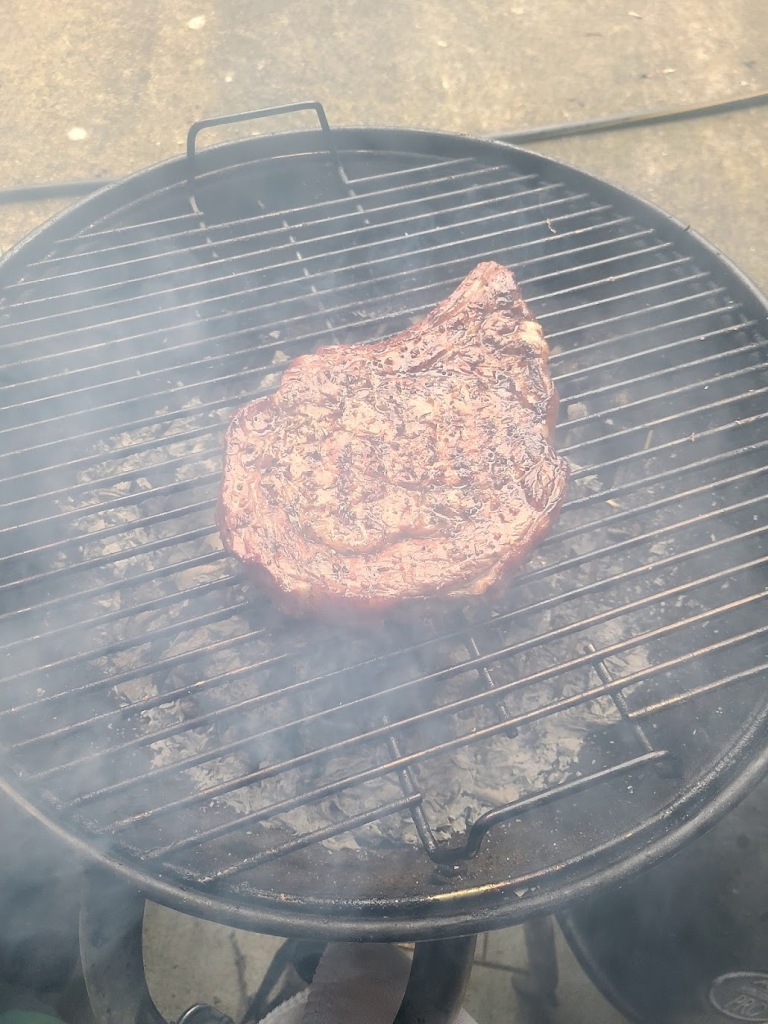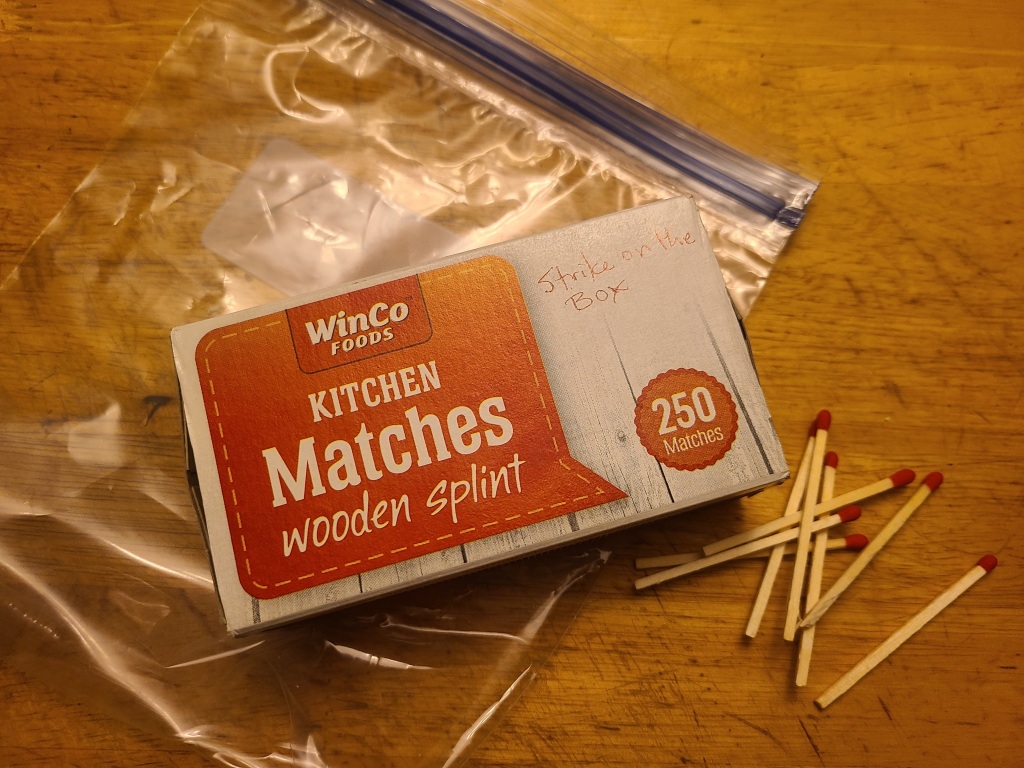I was disencumbering my life and came across an interesting issue of Reader’s Digest while considering what to write for my November post on preparing for emergencies. The issue was from October 2009, and page 106 reads “Anatomy of a Pandemic”. It’s about the swine flu: what the nation was dealing with at the time.
The cover of the magazine announces in bold yellow, “How to Survive Anything!” and suggests: a robbery, a traffic jam, an insane canine, a nasty boss, bad credit, a scary plane ride. If only that was the entire list of things to learn to survive! I tried to find the article at readersdigest.com. I didn’t find it, but then apparently there are 625 pages listing articles about surviving various experiences:
https://www.rd.com/?s=how+to+survive+anything
Lest all this is overwhelming, I have been following the Washington Emergency Management “Prepare in a Year” (one hour a month). See
https://mil.wa.gov/asset/5f171cc0a935f
Month #11 offers another scenario to prepare for: “For various reasons, the air could become contaminated, such as volcanic eruption, chemical accident, human offensive . . . Your house provides a good first barrier to hazards in the air.”
It may seem like we’ve already been Sheltering in Place, or in Lockdown, for months, and what else could happen this year! But disasters don’t generally consult with one another, or with us, about convenience and taking turns, leaving a suitable break between.
“Even more protection can be afforded [against airborne poisons] by tightly sealing one pre-chosen and prepared room of your home. You will probably need to stay inside several hours, but not several days. A master bedroom with an attached bathroom is ideal to give you access to the toilet and running water.”
Pre-cut plastic to fit all windows in the room you have chosen, vents, and doors (label each piece), and have plenty of cloth or duct tape to tightly seal the plastic over the windows etc. Create a box or container to hold the plastic and tape, beside a battery-powered AM/FM radio, extra batteries, snack foods, water, some games/activities to pass the time, towels and blankets. Have this ready and explain your preparations to young children without filling them full of fears.
And here is where you can really make it fun: come up with some compact games to put in your emergency kit(s):
—paper games: tic tac toe, hangman (or a version thereof), dots and boxes, paper “fortune teller”, unscramble a word or find as many words from one long word as you can, fold a paper so each person draws just a part of an alien animal or robot, mazes, color by number, dot to dot, pictionary, a version of battleship or Scattergories…for more ideas Google “paper games for kids”
—action games: charades, role-play a favorite story, I spy, telephone, hot potato, relays (be creative in limited space), pantomimes, shadow play, Jenga/blocks, Twister…
—board games/card games: Uno, Concentration, checkers, Scrabble or Bananagrams, Clue, Monopoly, Candyland, Chutes and Ladders, Mancala, Ticket to Ride, Huggermugger, Apples to Apples, Yahtzee . . . travel versions are usually more compact–whatever your family favorites are.
—a list or draw bag for favorite songs, storytelling, 20 questions, and other activity ideasto stave off boredom and anxiety…
—photo albums and books already in the room can help young children cope through distraction, feel a sense of security and belonging as you calmly talk about the photos or stories, and jog your memory of more stories to tell.
I included a picture of an article from Reader’s Digest about getting creative with Peanut Butter sandwiches. If your family likes sandwiches, you can have a sandwich makings bag/box in the frig for everyday use, as well as to grab and go or shelter in place. For ideas, Google “peanut butter sandwich ideas”. If peanut butter is not your thing, you can go crackers in sealed packaging, canned fish/poultry/meat, pretzels and the like, snack mix, energy bars and/or drinks (if you don’t have to watch the calories), chips packaged for an individual, etc.
















